Rice scientists lead effort to improve manufacture of valuable 2D material
Borophene has a nearly perfect partner in a form of silver that could help the trendy two-dimensional material grow to unheard-of lengths.
A well-ordered lattice of silver atoms makes it possible to speed the growth of pristine borophene, the atom-thick allotrope of boron that so far can only form via synthesis by molecular-beam epitaxy (MBE).
By using a silver substrate and through careful manipulation of temperature and deposition rate, scientists have discovered they can grow elongated hexagon-shaped flakes of borophene. They suggested the use of a proper metal substrate could facilitate the growth of ultrathin, narrow borophene ribbons.
New work published in Science Advances by researchers at Rice and Northwestern universities, Nanjing University of Aeronautics and Astronautics and Argonne National Laboratory will help streamline the manufacture of the conductive material, which shows potential for use in wearable and transparent electronics, plasmonic sensors and energy storage.
– See more at Rice News


 When is a circle less stable than a jagged loop? Apparently when you’re talking about carbon nanotubes.
When is a circle less stable than a jagged loop? Apparently when you’re talking about carbon nanotubes.
 Sunny Gupta, a third-year graduate student in Yakobson’s Group, has been awarded the Nettie S. Autrey Fellowship for 2019–2020. This award is given to one Rice graduate student in either the School of Natural Sciences or the School of Engineering who has demonstrated outstanding achievement and promise, and pays a stipend over the coming academic year.
Sunny Gupta, a third-year graduate student in Yakobson’s Group, has been awarded the Nettie S. Autrey Fellowship for 2019–2020. This award is given to one Rice graduate student in either the School of Natural Sciences or the School of Engineering who has demonstrated outstanding achievement and promise, and pays a stipend over the coming academic year. Jincheng Lei, a fourth-year graduate student in Yakobson’s Group, has received the 2019 Franz and Frances Brotzen Fellowship Award from the MSNE Department. To honor Franz R. Brotzen, the Stanley C. Moore Professor Emeritus of Materials Science and a former dean of engineering, this fellowship was established by David Lee Davidson and his wife, Patricia, and to support an endowed fellowship for graduate students researching in the area of materials science.
Jincheng Lei, a fourth-year graduate student in Yakobson’s Group, has received the 2019 Franz and Frances Brotzen Fellowship Award from the MSNE Department. To honor Franz R. Brotzen, the Stanley C. Moore Professor Emeritus of Materials Science and a former dean of engineering, this fellowship was established by David Lee Davidson and his wife, Patricia, and to support an endowed fellowship for graduate students researching in the area of materials science.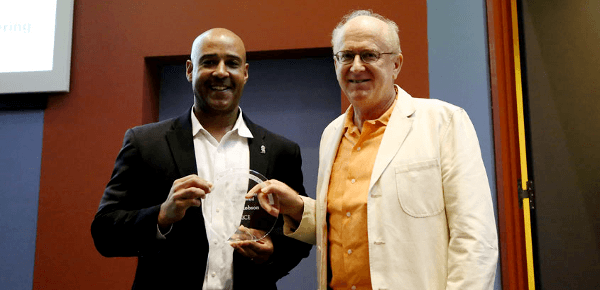
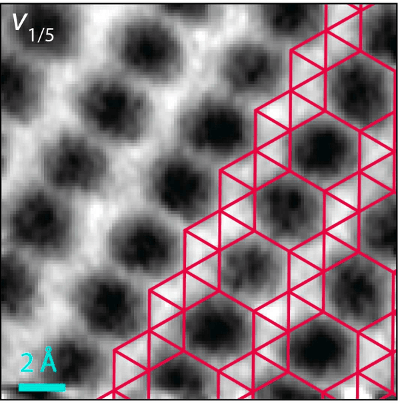
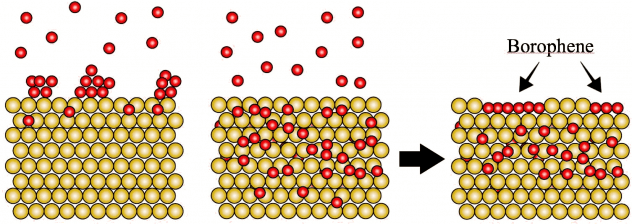

 If you can make a single
If you can make a single 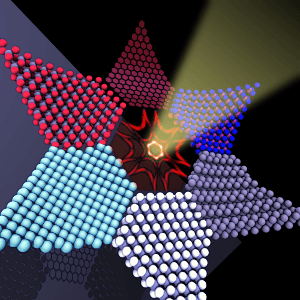 Two-dimensional materials have been a hot research topic since graphene, a flat lattice of carbon atoms, was identified in 2001. Since then, scientists have raced to develop, either in theory or in the lab, novel 2D materials with a range of optical, electronic and physical properties.
Two-dimensional materials have been a hot research topic since graphene, a flat lattice of carbon atoms, was identified in 2001. Since then, scientists have raced to develop, either in theory or in the lab, novel 2D materials with a range of optical, electronic and physical properties.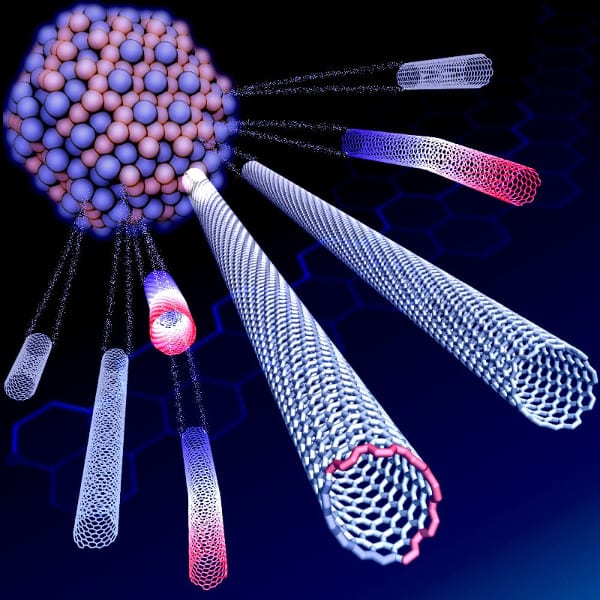

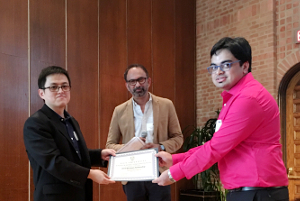 Nitant Gupta, a third-year graduate student in Yakobson’s Group, has received the 2018 Franz and Frances Brotzen Fellowship Award from the MSNE Department. To honor Franz R. Brotzen, the Stanley C. Moore Professor Emeritus of Materials Science and a former dean of engineering, this fellowship was established by David Lee Davidson and his wife, Patricia, and to support an endowed fellowship for graduate students researching in the area of materials science.
Nitant Gupta, a third-year graduate student in Yakobson’s Group, has received the 2018 Franz and Frances Brotzen Fellowship Award from the MSNE Department. To honor Franz R. Brotzen, the Stanley C. Moore Professor Emeritus of Materials Science and a former dean of engineering, this fellowship was established by David Lee Davidson and his wife, Patricia, and to support an endowed fellowship for graduate students researching in the area of materials science.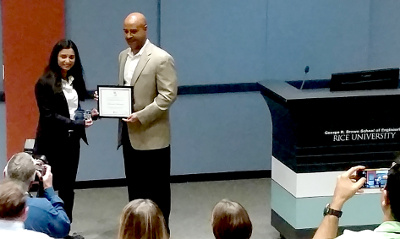 Sharmila Shirodkar, a postdoctoral research associate in Yakobson’s Group, is the recipients of the 2018 Outstanding Postdoctoral Research Award of Rice University’s George R. Brown School of Engineering.
Sharmila Shirodkar, a postdoctoral research associate in Yakobson’s Group, is the recipients of the 2018 Outstanding Postdoctoral Research Award of Rice University’s George R. Brown School of Engineering.